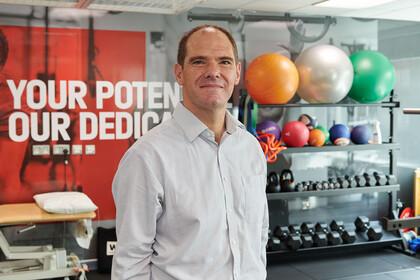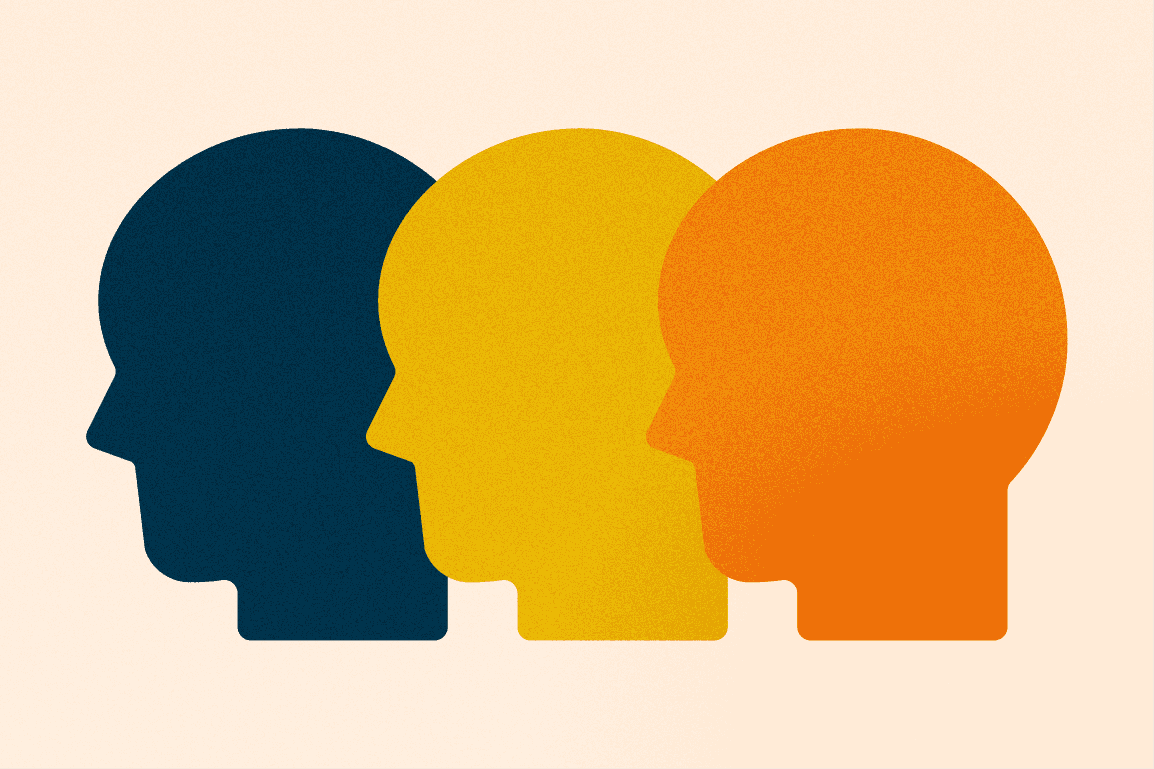
Experts share three changes we need to see in anxiety research
There are many gaps in our understanding of anxiety-related problems – from what causes these problems to how best to treat them.
Two experts in mental health, Professor Ed Watkins and Dhriti Sarkar, explain how research can help bridge these gaps and improve the lives of millions of people living with anxiety.

Wellcome
Despite this there’s still much we don’t know about how and why anxiety and trauma-related problems develop, and how best to resolve them.
Research is key in finding these answers and solutions to help transform people’s lives.
But there are many gaps that we need to address to make sure people everywhere can benefit from this research.
Here, we share three ways to improve anxiety research as told by Wellcome-funded researcher Edward Watkins and Wellcome Lived Experience Advisor Dhriti Sarkar during an online conversation on X, formerly Twitter.
We’re funding research to help create transformative change in early intervention for anxiety, depression and psychosis.
There are currently no open funding opportunities for Mental Health. Learn more about the funding we provide.
1. Research anxiety in low- and middle-income countries
It’s estimated that more than three-quarters of those affected by anxiety-related problems live in low- and middle-income countries. However, the majority of research in this area happens in high-income countries.
Professor Edward Watkins emphasises the need for change.
“There’s a real need to make sure research on anxiety- and trauma-related problems is viable and relevant for the whole world,” he says.
“Most of the world’s population live in low- and middle-income countries. People here are exposed to some of the greatest risks for developing anxiety. For example, poverty, conflict, infectious disease and environmental stress. But only around 5% of people in these countries get access to good interventions for anxiety,” he explains.
Although the research need is evident, there are many challenges to conducting more research in low- and middle-income countries.
Firstly, a major challenge is the lack of funding for anxiety research. While over $17 million is spent on depression research in these contexts each year, less than $2 million is spent on anxiety research.
According to Sarkar, another challenge is that anxiety symptoms are reported differently across countries and cultures. That means that interventions developed for people in one part of the world may be less effective for people living in another.
“We need research that uses measures from the populations and cultures that we aim to make an impact on,” says Sarkar.
Sarkar also explains that certain types of anxiety are specific to particular regions, like ‘koro’ in East Asia, and lack standardised treatments.
“We can’t just take existing research to all these countries. We need to create frameworks to do research from scratch,” she adds.
2. Research multiple causes of anxiety
Multiple factors can cause mental health problems like anxiety to develop, such as genetics, trauma, and family circumstances.
Researchers need to consider these range of factors and how they might interact rather than focusing on a single cause of anxiety.
“No presentation of anxiety in one individual is the same as another,” Watkins says. “The more complex, dynamic and integrated our models of explanation are, the more we’re going to be able to treat everyone as well as they can be.”
Watkins uses the example of worry – the tendency to think about how things could go wrong – which is common in anxiety.
To be able to help someone experiencing worry, we first need to consider all the factors that could be causing them to worry. For example, they may have experienced bullying or discrimination, have a genetic predisposition, or there could be aspects of their culture that cause them to worry more.
“Until we can see how all of these things interact with each other, we can’t have a complete understanding of anxiety problems,” Watkins explains.
“This is key to understanding how best to tackle anxiety problems at an individual level as well as a community, national or international level,” he adds.
3. Involve people with lived experience in research
People with lived experience bring invaluable expertise to research. From design and data collection to sharing and implementing findings, they offer unique perspectives at all stages of research. By collaborating with lived experience experts, we can ensure more impactful and meaningful results in mental health science.
That’s why, at Wellcome, our lived experience team plays a vital role in shaping the direction of our mental health programme and the research we fund.
According to Sarkar, involving people with lived experience is essential to advance anxiety research.
“If we involve more people with lived experience, we have almost the entire narrative history of those individuals to tap into,” she says.
This expertise is invaluable for ensuring research is appropriate and relevant to people affected by anxiety-related problems.
“For example, a researcher might ask questions that are not relevant to the people who will benefit from their research. Having someone with lived experience on their team can help guide them to ask better questions,” she explains.
People with lived experience can also help identify contextual challenges and how to overcome them.
“Let’s say a researcher wants to deliver a written workbook as an intervention in a low- and middle-income country. A person with lived experience expertise might be able to inform them if it’s feasible. They may advise whether people’s literacy levels match the workbook or who can best deliver the intervention,” says Sarkar.
“It’s all about using the resources we have to maximise effect and positively impact the maximum number of people,” she adds.
How can research improve anxiety treatments?
While effective treatments for anxiety exist, they don’t work for everyone.
“Only half of people recover fully from anxiety,” says Watkins. “And at least a third to half of those people reexperience anxiety within eight years.”
Understanding the causes of anxiety and how these factors interact in different geographical and cultural contexts could lead to better treatments.
Additionally, more needs to be done to improve access to treatments and prevent anxiety from developing in the first place.
Watkins finds hope in the history of mental health science.
“There are anxiety disorders that we weren’t very good at treating 20 years ago, like social anxiety and panic, that we’re a lot better at treating now,” he says.
“I don’t think it’s optimistic to say that in the next decade, we could move the dial so that anxiety treatments help up to 70% of people to recover.”




